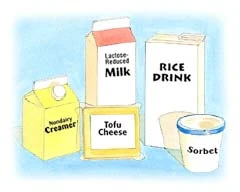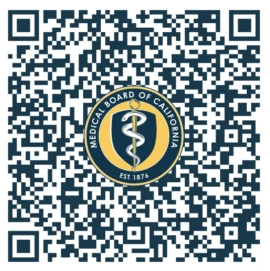If you are lactose intolerant, you can’t digest lactose, a sugar found in milk and other dairy products. Many people are lactose intolerant. Undigested lactose won’t hurt you, but it can cause unpleasant symptoms. The good news is that you can get relief. To help reduce symptoms, look for ways to limit the amount of lactose you eat.

Finding Your Limit
People with lactose intolerance may think they can’t eat or drink any dairy products. This is often not true. Many people with lactose intolerance can eat or drink small amounts of dairy products without symptoms. To find your own limit, keep track of what you eat and drink. Write down when you have symptoms. Learn how much and what kinds of dairy products you can handle.
Tips to Reduce Symptoms
- Choose low-lactose dairy products. These include buttermilk and aged cheeses (such as cheddar).
- Eat foods with active cultures, such as yogurt. Active cultures make lactose easier to digest.
- Eat or drink dairy products with other foods to lessen symptoms.
- Substitute fruit juice for some or all of the milk in recipes.
- Take lactase enzyme tablets with dairy products to help reduce symptoms.
- Avoid eating many high-lactose foods (such as milk, butter, and ice cream) at one time.
Eat Other Calcium-Rich Foods
If you eat less dairy, you may be getting less calcium. Ask your doctor about calcium supplements. Also, eat more dairy-free, calcium-rich foods such as:
- Broccoli, kale, bok choy (Chinese cabbage), turnip greens
- Fish with edible bones (canned salmon)
- Alfalfa sprouts, soy sprouts
- Tofu, soybeans, pinto beans, navy beans
- Almonds, sesame seeds
- Calcium-fortified orange juice, soy drink, and rice drink
- Molasses
Try Nondairy Substitutes
Dairy Substitute Milk, cream Soy drink, rice drink, nondairy creamer Cheese Tofu (soy) cheese, some aged cheeses Butter, margarine Milk-free margarine, vegetable oil Ice cream Fruit sorbet, juice bars


